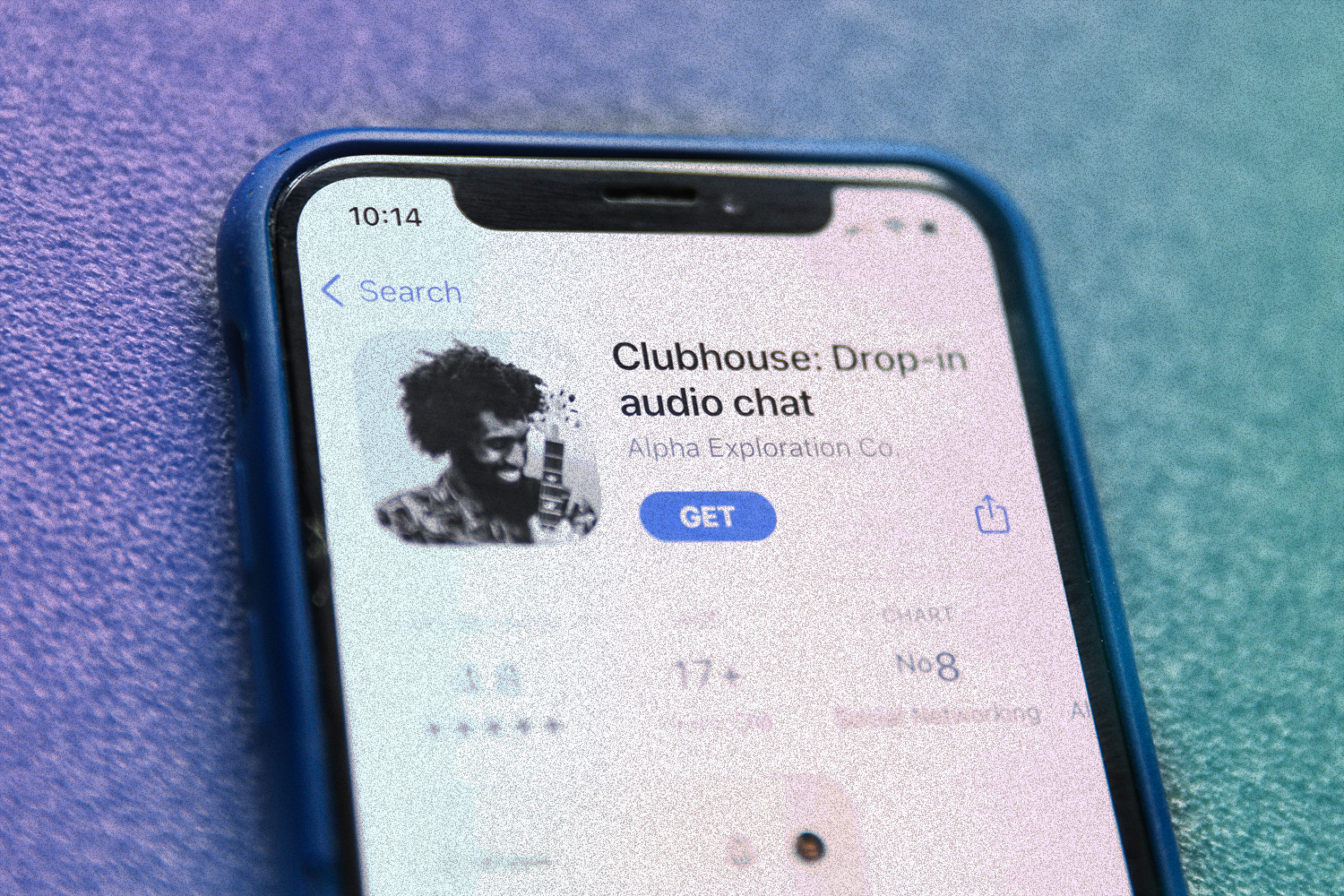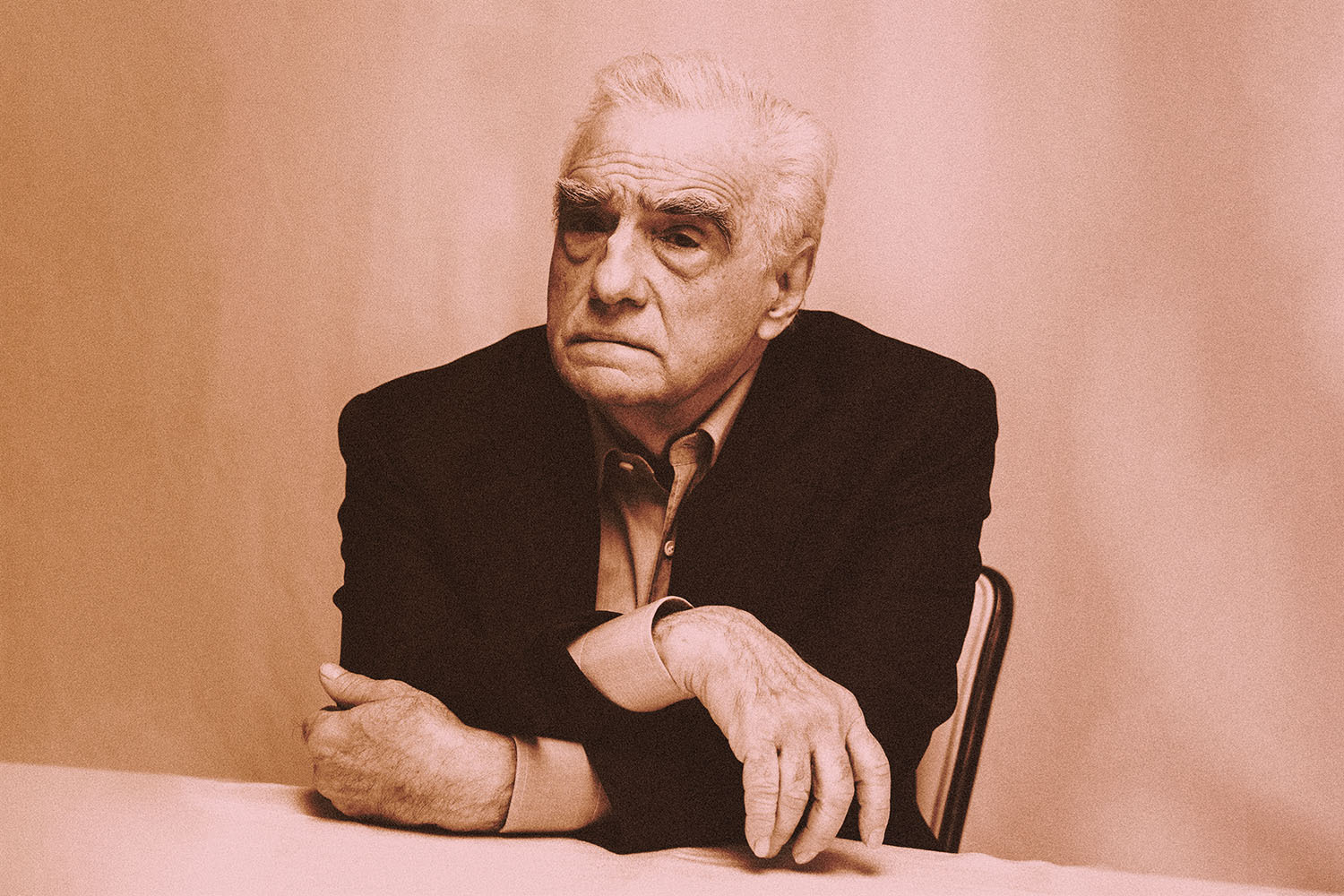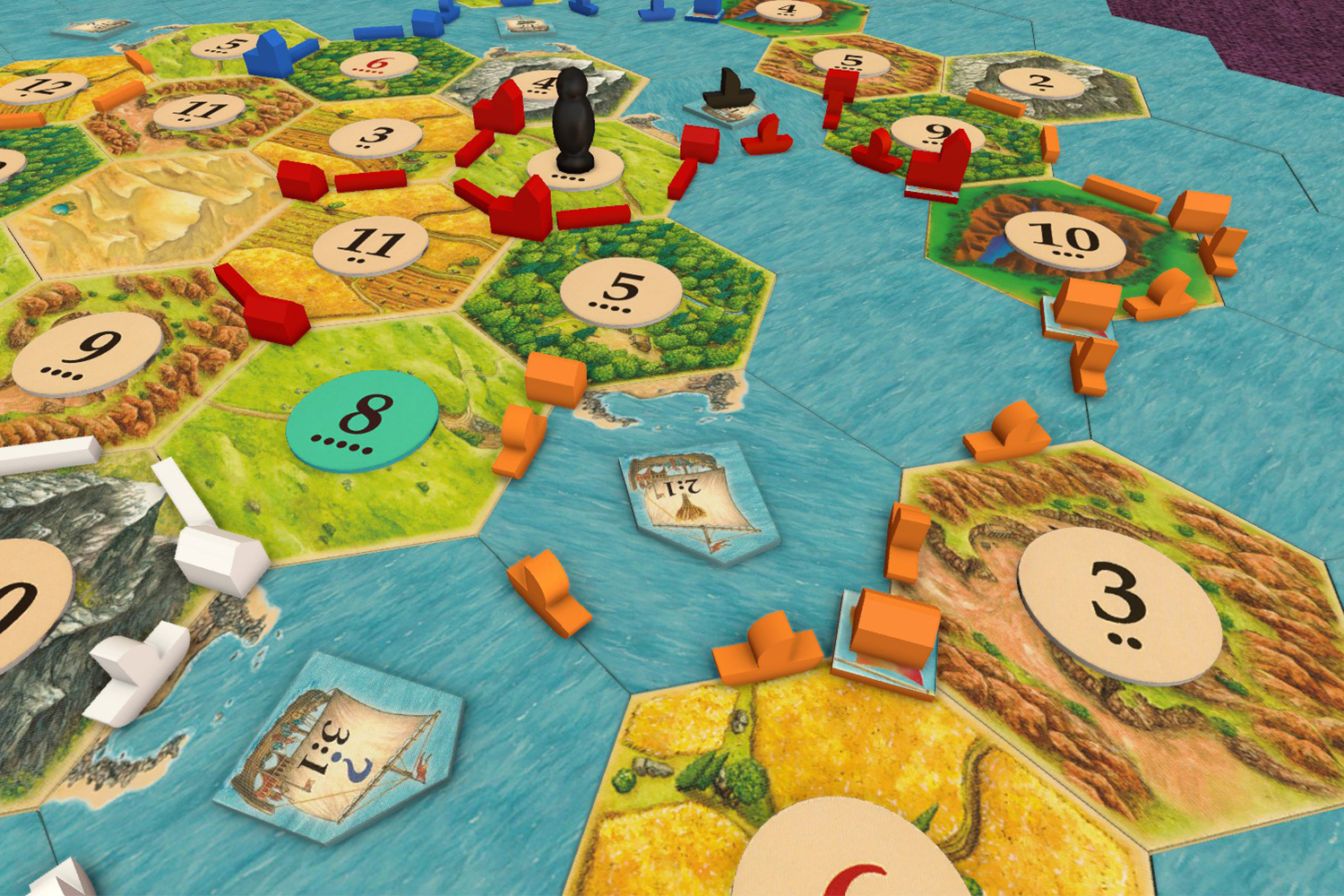In April of 2018, The New Yorker debuted an online crossword. As longtime editor David Remnick clarified at the time, their weekly puzzles would be “in the American style,” as opposed to the British-style cryptic that appeared for a short time in the back of the print edition in the ‘90s. That is, it would be an immediate competitor to all the other print media-native crosswords, available to readers of The New York Times, The Wall Street Journal, USA Today and the like, but, again, only online.
Less than two years later, after adding an extra weekend edition, the gamification of The New Yorker proved so successful that the company created the brand-new position of Puzzles and Games editor, and chose Liz Maynes-Aminzade, who worked on the crosswords from the start as digital initiatives editor, to take the reins. Under her direction, the magazine’s website has become a puzzle destination; the traditional crosswords are surprising in content and user-friendly in design (Partner Mode was added during the pandemic), and the old cryptics have even been digitized.
Why then, after fine-tuning the digital crossword experience for almost three years, did The New Yorker decide to pull the puzzle out of the screen and put it in the magazine? Earlier this month, the publication announced that every print issue going forward will include a crossword puzzle. In the first appearance after the proclamation, the Feb. 15 & 22 issue, it was in the back, usurping the Cartoon Caption Contest for last-page priority. The subject matter ranged from Marsha P. Johnson to Doritos.
“We started discussing it a couple of years ago,” Puzzles and Games Editor Maynes-Aminzade told InsideHook via email. “Subscribers had been requesting the crossword in print more or less since it debuted online, and when we occasionally ran one-off crosswords in the magazine, the feedback was positive.”
Yes, eager puzzle solvers still gravitate toward the tactile crossword, despite the plethora of digital options available today — and there are probably more than you realize. A year ago, The Guardian launched Guardian Puzzles, a specific app for their games, following in the footsteps of The New York Times. On the websites of outlets ranging from The Washington Post to The Atlantic to the Daily Beast to, yes, The New Yorker, a company called Amuse Labs is providing plug-and-play platforms for crosswords, and their clientbase may very well keep expanding. At the Times specifically, the paper offers a Games subscription that includes no access to news for $6.95 per month or $39.95 per year. At the end of 2019, that package counted over 600,000 subscribers, up from 400,000 in the middle of 2018.
Yet, two months after the pandemic was declared, the Times issued an “Emergency Edition” of Puzzle Mania, a special section that normally appears in the newspaper every December; it included a giant crossword that spanned two full pages. “They make you feel better,” said Will Shortz, the paper’s crossword editor. “You feel in control of life when you’ve finished a good puzzle.” Notably, these games were only available in print.
When asked what makes print crosswords so enticing, Maynes-Aminzade offered the same argument people make for all print media: it’s not a screen. However, she went on to explain that this specific puzzle in this specific format may just be the ultimate form.
“The scholar Leah Price talks about how, after all these pronouncements about the death of the book, print book sales rebounded at the end of the last decade — when people started to realize, you know, the old-fashioned book was actually a pretty good technology,” she said. “I think the same is true of crosswords: solving one in a magazine, with a pen or a pencil, is a user experience that’s hard to improve.”
That’s not stopping them from trying, of course. John Temple, the chairman of Amuse Labs, the digital crossword platform, told News & Tech in 2019 that he likes “helping these publications create a digitally native product and making it as good as a print product.” As the former managing editor at The Washington Post, he also acknowledged “the importance of crosswords to reader habit and loyalty.”
But The New Yorker has been working with them for years, and they still made the decision to put the American-style crossword into print. Does that show a failure of the digital puzzle? Not necessarily. But maybe it shows that if print magazines and newspapers want to go the way of the old-fashioned book — that is, experience a resurgence that dispels notions of their downfall — they might just need that ink-on-paper puzzle to build a loyal audience.
This article was featured in the InsideHook newsletter. Sign up now.

















